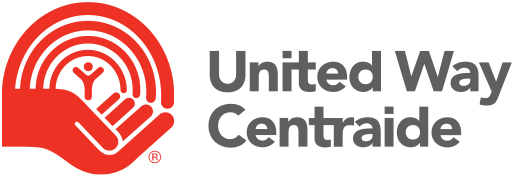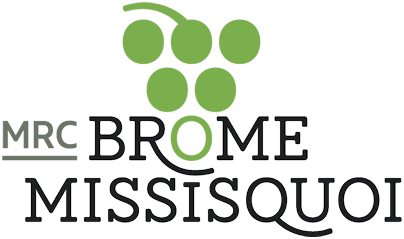[ Browse by Service Category : Emergency Shelter : Sub-Topics of Crisis Shelter (31) ]
Youth Shelters
Programs that provide shelter and a safe place to sleep as well as access to food, medical care and other types of assistance for children and/or youth who have run away from or been pushed out of their homes, or who are acting out and at risk for abuse pending return to their own families or a suitable alternative placement. The most common causes for youth becoming homeless, in addition to being kicked out of their homes or running away, are being abandoned or neglected, experiencing financial hardship, aging out of foster care, conflicts related to their sexual orientation, having a substance use disorder or experiencing the death of a family member or guardian. Such facilities usually provide in-house individual, group and family counselling and the full range of other secondary services related to runaways and other homeless youth including referral to appropriate resources. Homeless youth are different than homeless adults because they often have not learned the essential life skills needed to live on their own such as how to drive or ride a bus, get a job or pay bills. Homeless youth are also more likely than other youth their age to experience mental illness, suffer poor health, drop out of school, and become involved with or victims of criminal activity, including being exploited, abused or even killed.
Crisis Nurseries/Child Care
Programs that provide temporary shelter/residential care for infants and children who are at risk for or who have experienced child abuse or neglect in the home or whose families are experiencing an emergency that makes it untenable for the child to remain in the home. Care is generally provided by licensed family child care homes that are available on a 24-hour basis when needed. Some providers are able to accommodate children to age 12 or 14 and will consider older children on a case-by-case basis, while others limit their services to very young children, generally from birth to age five or six.
Immigrant/Refugee Shelters
Programs that provide temporary shelter for refugees, refugee claimants and/or other immigrants who have no other housing arrangements. These facilities usually provide health, housing, employment, legal and other settlement services required by refugees.
Domestic Violence Shelters
Programs that provide temporary emergency shelter for individuals, primarily women, who have experienced domestic violence/abuse, and for their children. Such facilities usually provide in-house individual, group and family counselling and the full range of secondary services related to domestic violence including referral to appropriate resources. Also included are similar facilities for battered men and those that can accommodate both men and women, where they are available.
Safe Houses
Networks of people who are willing to provide short or long-term shelter in private homes, places of worship or other facilities for individuals experiencing domestic violence, sexual assault survivors, undocumented people and others who are fleeing a dangerous or threatening situation and who have no other safe alternatives. These homes or facilities may also provide for the basic subsistence needs of residents including food, clothing and, in some cases, a variety of social services. Also included are organizations that refer people who are in need of this service to the nearest safe house.
The above terms and definitions are part of the Taxonomy of Human Services, used here by permission of INFO LINE of Los Angeles.









